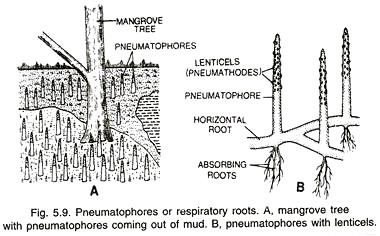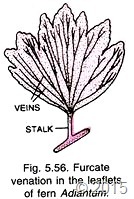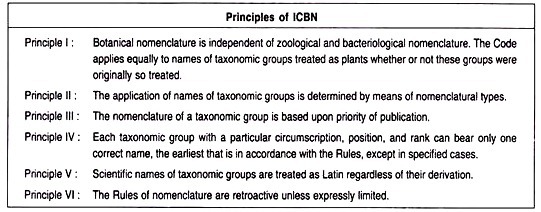ADVERTISEMENTS:
Awareness of these complexities is associated with many queries, presumptions and some evidence/supports.
These are listed in Table 13.3. It is evident that enzymes are essential in cellulose biosynthesis.
Few enzymes involved in cellulose biosynthesis and degradation/ conversion are given in Table 13.4.
It necessitated to look at the reported cell pathway of the enzyme system action on cellulosics (Figs. 13.2 and 13.3) and regulatory steps involved in cellulase production. Natural cellulose composition (Table 13.5) shows its complex nature.
Cellulosics —> Contributing significantly to S and T projects of supranation. Its processing/bioprocessing gives important products and by products. Some of which have high-tech applications.
Trichoderma —> Extensively used strain in large scale production of cellulases. Oxygen response/participation in growth is important.
ADVERTISEMENTS:
Cellulases —> Multiple biocatalytic forms and agents of conversion of cellulosics.
Besides cellulosics and its related component (hemicellulose), natural cellulose also contains lignin in appreciable quantity. The composition of rice straw, a typical example of a natural cellulose indicate, the same. Lignin, being a complex cell binding molecule in natural cellulose, poses difficulty/resistance in cleavage of cellulose by the cellulase enzyme system action and also to use natural cellulose in cellulase production.
For enhancing enzymic cleavage action on cellulosics its pretreatment by various methods has been carried out by many investigators. Solvent pretreatment, alkali autohydrolytic pretreatments, steam explosion strategies etc. are to produce more pure cellulose material. A typical compositional change by pretreatment of raw rice straw and its yield is shown in Table 13.5.
However, cellulase production system is associated with many difficulties as listed in Table 13.6. As these difficulties are concerned with the regulatory steps in cellulase production, it implies that control parameters like pH and temperature need proper profiling strategy. For this strategy progress in bioprocessing through the use of pH cycling and temperature profiling along-with biological technique of cell redesigning using molecular blending by fusion for biological scale up.
In this progress of cellulase production process biotechnology two major facts played crucial role. They are (i) enzyme forming system is involved in cellulase biosynthesis and (ii) its production is growth associated but dependent on the bioprocessing strategy. Cellulase producer being an integral part of process biotechnology of cellulose conversions the elemental composition analysis of Trichoderma reesei QM9414 was determined with a view to assess its empirical molecular formula as it relates to its chemical quotient (CQ) and respiration quotient (RQ).
The chemical analysis of T. reesei as given in Table 13.7 provided major elemental components of the cell. Presence of other trace elements and metals was also required to make it more close to one hundred percent. On the basis of results on metabolic physiology of growth of a cellulase deficient T. reesei QM 1238 strain in a cultivation medium it was possible to distinguish between CQ of the cellular oxidation reaction and respiration quotient, RQ of the cells.










